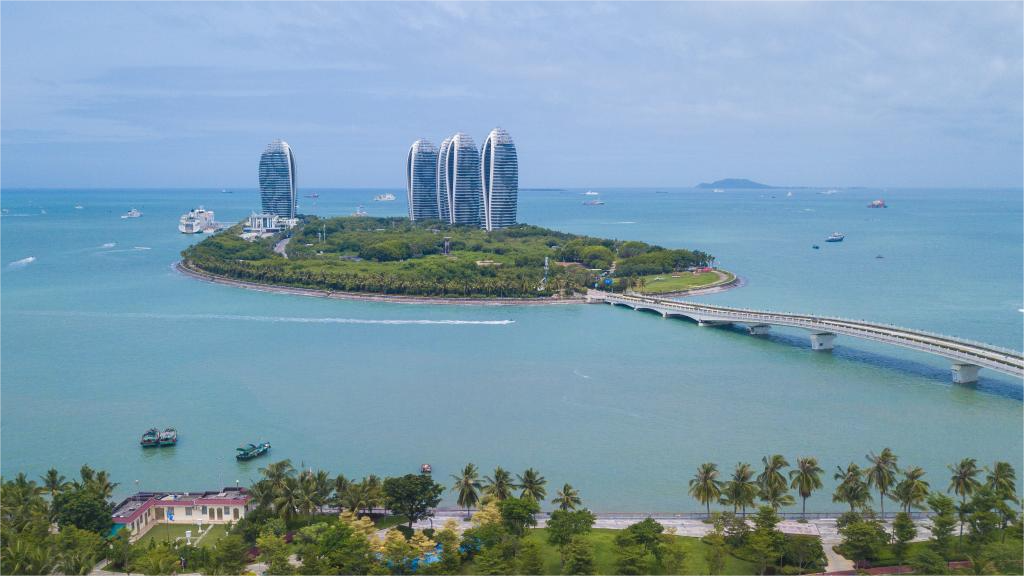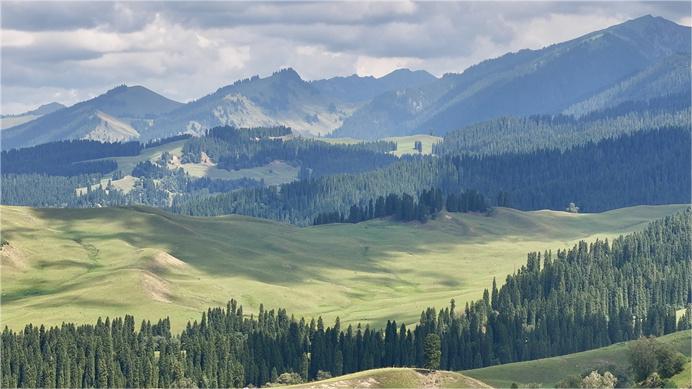Studies show significant progress in Xizang ecological security barrier construction
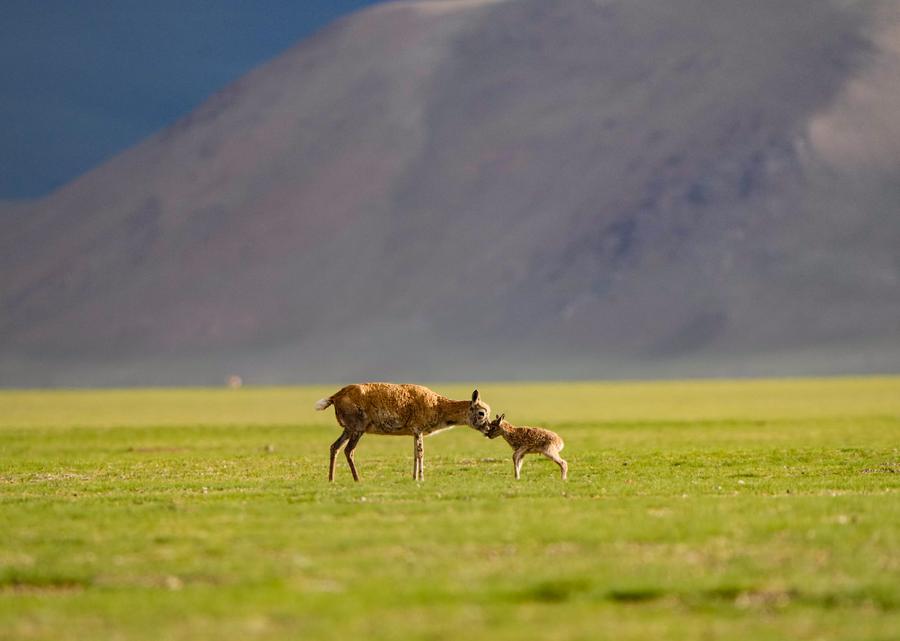
Tibetan antelopes are pictured in Xainza County of Nagqu City, southwest China's Xizang Autonomous Region, June 16, 2024. (Xinhua/Jigme Dorje)
LHASA, July 28 (Xinhua) -- Recent monitoring and studies by Chinese scientists reveal that southwest China's Xizang Autonomous Region remains one of the regions with the best ecological environment quality in the world, while the implementation of the ecological security barrier construction project in the region has achieved significant benefits.
Monitoring and research efforts conducted by scientists show that Xizang has managed to maintain the authenticity of its ecosystems, with a rate of change in ecological pattern of less than one percent, far lower than other regions in China, laying a solid foundation for the construction of the national ecological security barrier, said Wang Xiaodan, a researcher with the Institute of Mountain Hazards and Environment (IMHE) of the Chinese Academy of Sciences.
Ten monitoring stations have been established in Xizang, namely Xainza, Shannan, Nyingchi, Qamdo, Tingri, Shigatse, Nagqu, Ali, Gerze and Mangkam, providing technical and data support for evaluation of the functioning of the ecological security barrier and assessment of the effectiveness of its construction, according to IMHE.
Carbon sequestration, water source conservation, soil conservation and sand fixation in Xizang have been improved, while populations of wild animals and plants have shown positive growth, with the number of Tibetan antelopes increasing from about 70,000 to nearly 300,000, Wang said.
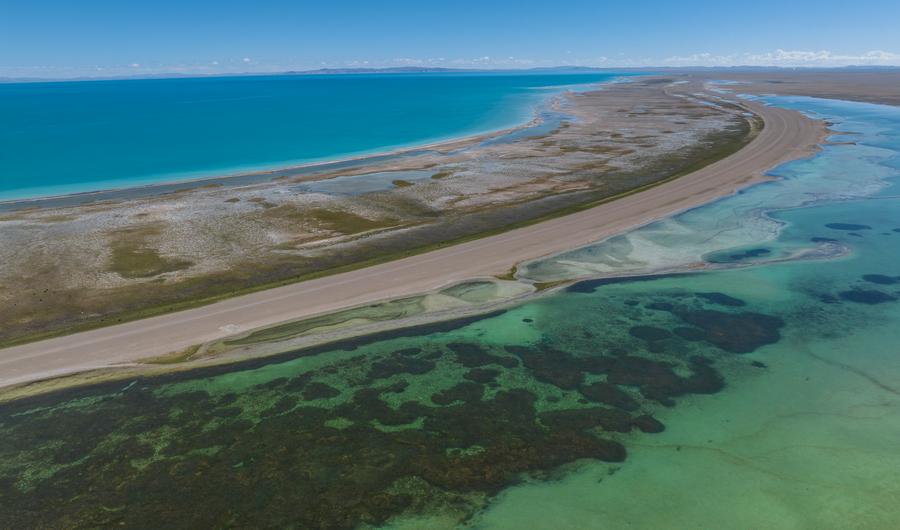
An aerial drone photo taken on June 22, 2024 shows the scenery of Serling Tso Lake in southwest China's Xizang Autonomous Region. (Xinhua/Tenzin Nyida)
Forest coverage in the entire Xizang Autonomous Region stands at 12.31 percent, and the quality of most grasslands has improved, while 66 percent of natural wetlands are effectively protected, according to Wang.
The area of desertification in Xizang has decreased by 35,000 hectares compared to 2010, and the occurrence of hazardous sand and dust weather in the Yarlung Zangbo River Valley, a typical observation area, has dropped by a significant two-thirds, according to studies.
Xizang is now home to various types of nature reserves covering a total area of 412,300 square kilometers, accounting for more than one-third of the total land area of the region, effectively conserving 217 species of national key protected wild animals and 38 species of national key protected wild plants, studies show.
The annual average concentrations of PM10 and PM2.5 in major cities in Xizang have decreased by 28.1 percent and 37.5 percent, respectively, compared to 2015, and there has been a significant reduction in sand and dust weather, Wang said.
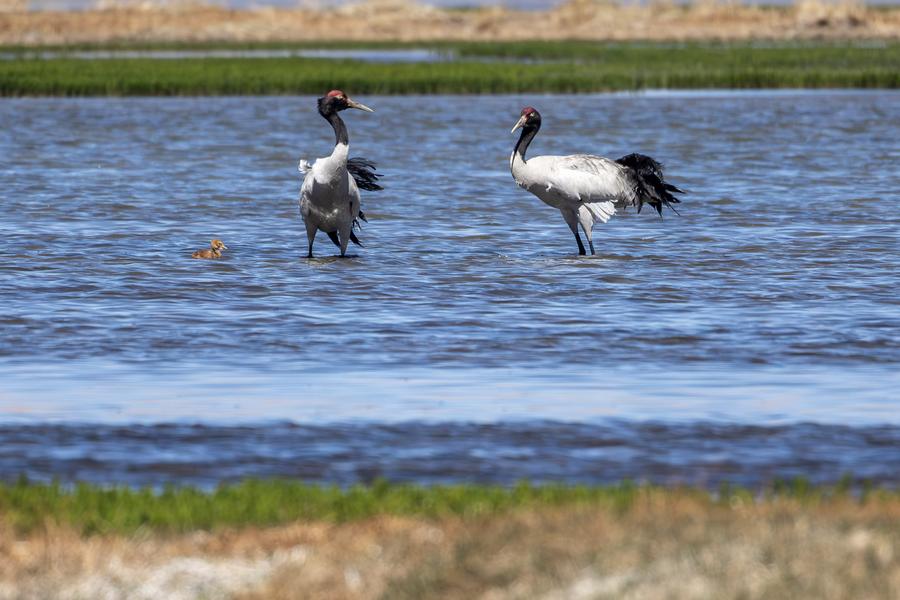
Black-necked cranes are pictured in Xainza County of Nagqu City, southwest China's Xizang Autonomous Region, June 9, 2024. (Xinhua/Tenzing Nima Qadhup)
The water quality of drinking water sources in Xizang meets the national standards with a compliance rate of 100 percent. The content level of heavy metal elements in most arable soils in Xizang is better than national first-class soil standards, according to the studies.
However, scientists also point out that the high-altitude and cold ecological environment in Xizang is extremely fragile, and the construction of the ecological security barrier is a complex and long-term undertaking that requires sustained efforts in order to achieve lasting results.
Chinese scientists proposed the construction of the ecological security barrier on the Xizang plateau in 2006, and a long-term plan was approved by the State Council in 2009, with the aim of completing the national ecological security barrier in Xizang by 2030 -- a project lasting more than two decades.
Scientists predict that by 2030, after the completion of the ecological security barrier project, Xizang will be able to achieve the overall goals of effective protection, successful governance, stable improvement and ecological security.
Photos
Related Stories
- Afforestation replaces blight with greenery in Xizang's capital
- Honey bee farming generates wealth for villagers in SW China's Xizang
- China's Xizang sees robust foreign trade growth in H1
- Special cooking utensils relieve high-altitude pressure in SW China's Xizang
- Historical archives bear witness to China's exercise of sovereignty over Xizang
Copyright © 2024 People's Daily Online. All Rights Reserved.






